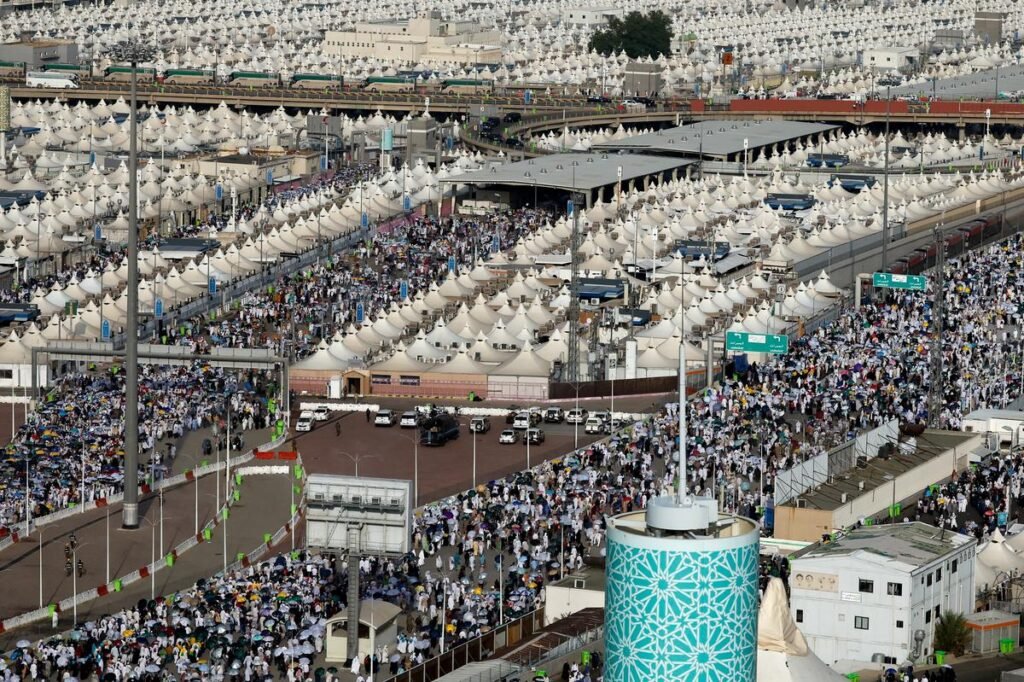This year’s Hajj pilgrimage in Saudi Arabia has been marred by tragedy, with a death toll exceeding 1,000 according to AFP tally.

The scorching summer heat proved especially dangerous, claiming the lives of many pilgrims. Notably, over half of the fatalities were unregistered worshipers who participated without official permits.
These unregistered pilgrims, often motivated by financial constraints, lacked access to crucial resources like air-conditioned spaces provided for authorized pilgrims. This vulnerability, coupled with the extreme temperatures, proved deadly.
Countries like Egypt, Indonesia, and Pakistan reported a significant number of fatalities, with heat identified as a major contributing factor.

While some view the high death toll as an unfortunate consequence of large crowds and hot weather, a recent study paints a worrying picture for the future. The study predicts that climate change will push heat stress during Hajj beyond “extreme danger thresholds” within the next few decades.
This raises serious concerns about the safety of future pilgrimages.

Despite the tragedy, a glimmer of hope exists. The Hajj’s timing shifts back slightly each year, potentially falling in cooler conditions next year. However, this is a temporary reprieve. Long-term solutions are needed to ensure the safety of pilgrims in the face of a changing climate. Additionally, exploring alternative Hajj scheduling options to avoid peak heat periods might be necessary.
The Hajj is a deeply spiritual journey for millions of Muslims. Ensuring its continued safe execution requires immediate action to combat the growing threat of extreme heat.
Reference- The Guardian, BBC, AFP tally, Geophysical Research Letters,The Hindu






